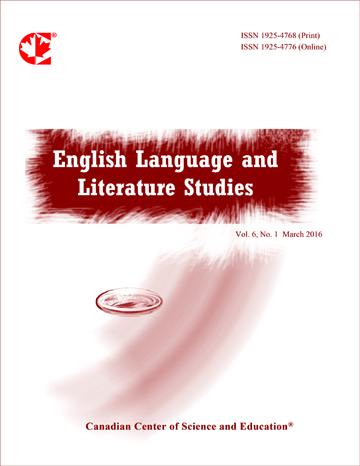Word Shortening Strategies: Egyptian vs. Non-Egyptian English Tweets
- Iman Mohamed Mahfouz
Abstract
The language of Computer-mediated Communication (CMC) is known to deviate from standard language in many ways dictated by the characteristics of the medium in order to achieve brevity, speed as well as innovation. Together with the intrinsic features of CMC in general, the character limitation imposed by the popular social media platform, Twitter has triggered the use of a number of linguistic devices including shortening strategies in addition to unconventional spelling and grammar. Using two parallel corpora of English tweets written by Egyptians and non-Egyptians on a similar hashtag, the study attempts to compare the shortening strategies used in both datasets. A taxonomy for orthographic and morphological shortening strategies was adapted from Thurlow and Brown (2003) and Denby (2010) with particular focus on message length, punctuation, clipping, abbreviations, contractions, alphanumeric homophones and accent stylization. Given the scarcity of linguistic studies conducted on Egyptian tweets despite the vast amount of data they offer, the study compares the findings about tweets written by Egyptians in English as a foreign language to previous studies. The findings suggest that Egyptians tend to omit punctuation more frequently, whereas non-Egyptians favor abbreviations, contractions and clipped forms. The results also indicate that Twitter may be shifting towards longer messages while at the same time increasingly employing more shortening strategies. The study also reveals that character limitation is not the only factor shaping language use on Twitter since not all linguistic choices are governed by brevity of communication.
- Full Text:
 PDF
PDF
- DOI:10.5539/ells.v8n3p27
